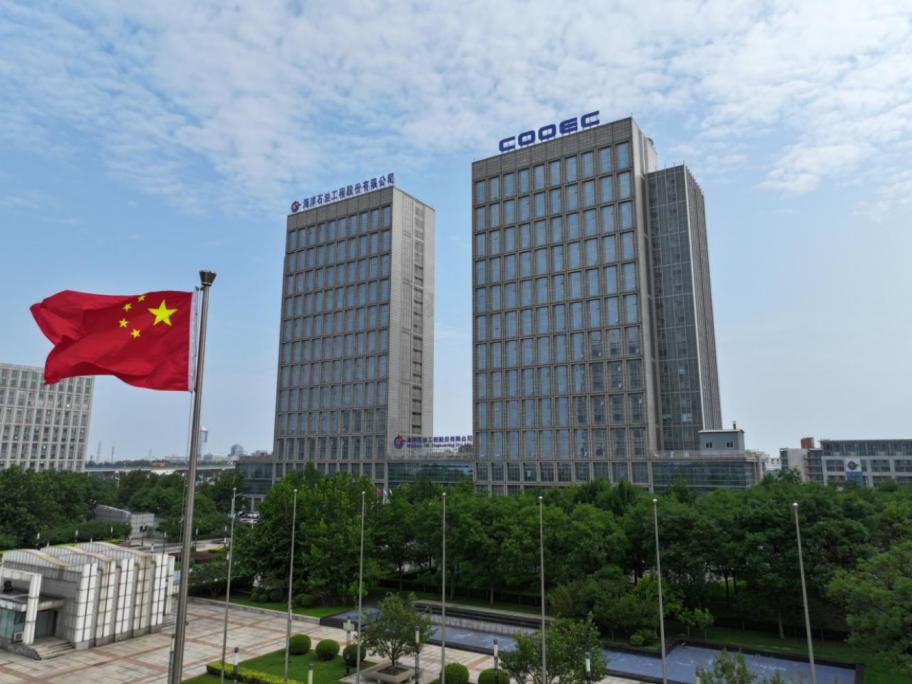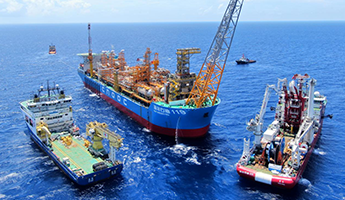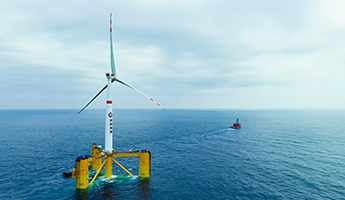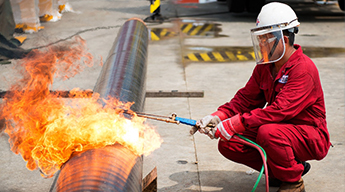Company News
China Successfully Concludes Sea Trials for "Haiwei"
Date:2025-05-20
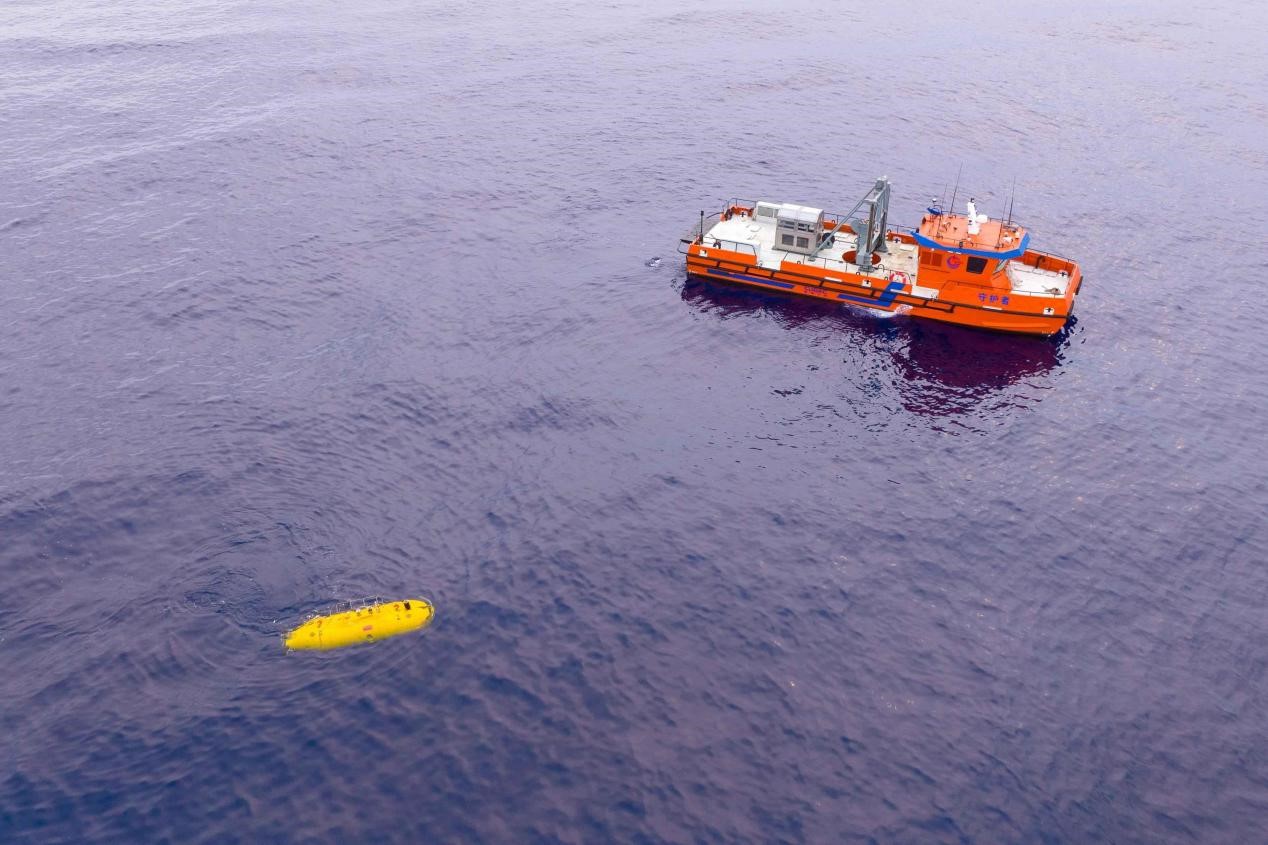
On May 15th, the "Haiwei" system, China's first indigenously developed intelligent monitoring system for deep-water subsea pipeline laying, spearheaded by Offshore Oil Engineering Co., Ltd., successfully concluded sea trials in the waters off Wenchang, Hainan province. The operational performance of its pivotal technological components, including a high wave-resistant Unmanned Surface Vessel (USV), an Autonomous Underwater Vehicle (AUV), and optical communication systems, demonstrably met all design specifications, signifying a critical breakthrough in the project's progression. This system utilizes a world-first intelligent monitoring methodology for deep-water subsea pipeline laying, integrating an Unmanned Surface Vessel (USV), an Autonomous Underwater Vehicle (AUV) endowed with remote operational capabilities, signal repeaters, and advanced optical communication. This achievement is of profound significance for propelling the intelligent and autonomous evolution of China's deep-water offshore oil and gas equipment.
In deep-water subsea pipeline laying operations, the point where the initial section of the subsea pipeline contacts the seabed is defined as the Touchdown Point (TDP). The dynamic behavior of this point directly influences the structural integrity and safety of the pipeline. Consequently, monitoring the TDP is a critical aspect of the entire operation, playing a vital role in accurately determining the pipeline's position and detecting any potential buckling. This, in turn, provides reliable data support essential for ensuring safe and efficient pipe laying procedures.
The "Haiwei" system is a major scientific and technological research project undertaken by Offshore Oil Engineering Co., Ltd. This system comprises an Unmanned Surface Vessel (USV), an Autonomous Underwater Vehicle (AUV) with remote operation capabilities, signal repeaters, and optical communication equipment, and is designed for an operational depth of up to 1500 meters. Key among its components is the "Guardian," China's first 18-meter class Unmanned Surface Vessel specifically designed for deep-water pipeline laying monitoring. Operating as a surface base station, the "Guardian" supplies power and control signals to the subsea repeaters and optical communication systems. Another integral element is the "Navigator," China's first independently developed 1500-meter class deep-water Autonomous Underwater Vehicle (AUV) with remote operation capabilities. This system boasts a current resistance capability of 3 knots and an operational endurance of up to 10 days. The "Navigator" is capable of autonomously identifying and tracking high-definition touchdown points (TDPs), seamlessly transmitting this data to the command center via underwater wireless optical communication.
Traditional pipe laying operations at depths exceeding 200 meters typically rely on multi-functional support vessels (MSVs) to deploy Remotely Operated Vehicles (ROVs) for Touchdown Point (TDP) monitoring. This method not only elevates the risks associated with concurrent vessel operations but also significantly increases the costs of subsea pipeline installation. In response to these challenges, Offshore Oil Engineering Co., Ltd. established a dedicated research project team for the "Intelligent Monitoring System for Deep-Water Subsea Pipeline Laying." In collaboration with domestic research institutions and enterprises, this team undertook the technological development for this advanced monitoring system. Over a five-year period, the project overcame numerous technical challenges related to Unmanned Surface Vessels (USVs), Autonomous Underwater Vehicles (AUVs) with remote capabilities, signal repeaters, and optical communication. This endeavor also achieved the independent development of critical components and established a comprehensive system of proprietary intellectual property rights. Furthermore, the system's critical core components have undergone multiple high-pressure endurance tests, achieving a Touchdown Point (TDP) recognition accuracy rate of up to 95%. This provides a significant reference for advancing the intelligentization and domestic manufacturing of marine engineering equipment in China.
Moving forward, Offshore Oil Engineering Co., Ltd. will utilize the data and feedback gathered from nearshore joint commissioning, sea trials, and identified areas for improvement to further optimize and refine the monitoring system. Concurrently, efforts will be dedicated to continuously iterating and expanding its functionalities. This will establish a robust foundation for the system's subsequent progression into engineering demonstration applications and its eventual full-scale industrial deployment.

